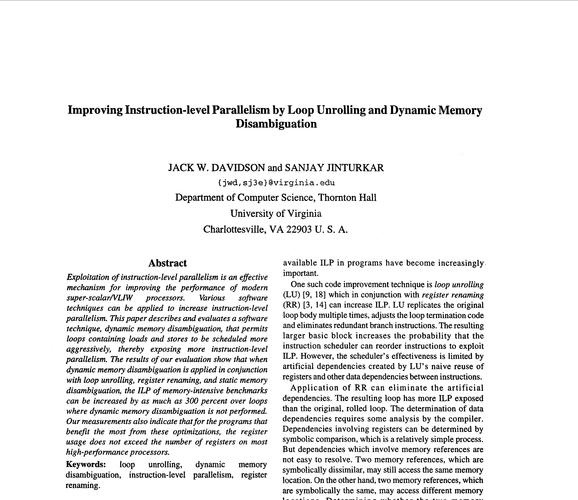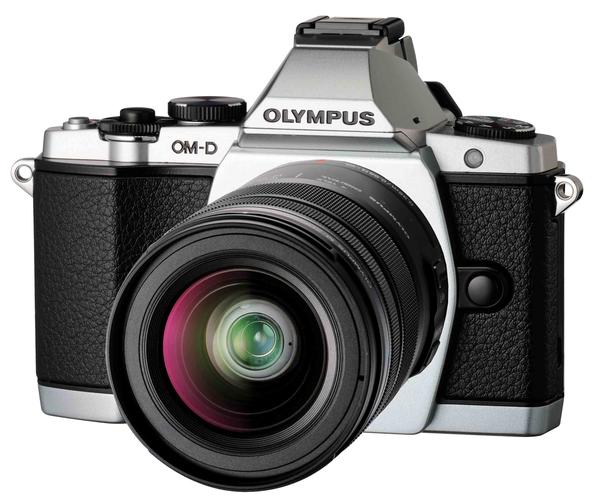
Understanding MFC and OLE Automation
Microsoft Foundation Classes (MFC) and OLE Automation are two powerful technologies that have been instrumental in the development of Windows applications. In this article, we will delve into the intricacies of MFC and OLE Automation, exploring their functionalities and how they can be utilized to create robust and efficient applications.
MFC: A Framework for Windows Applications
MFC is a set of C++ classes that encapsulate the Windows API, providing a high-level interface for developing Windows applications. It was introduced by Microsoft to simplify the process of creating Windows applications by abstracting the complex details of the Windows API.

| Feature | Description |
|---|---|
| Encapsulation | MFC classes encapsulate the Windows API, providing a clean and easy-to-use interface for developers. |
| Inheritance | MFC classes are designed using inheritance, allowing developers to create new classes by extending existing ones. |
| Event Handling | MFC provides a powerful event handling mechanism, making it easy to respond to user input and system events. |
By using MFC, developers can create Windows applications with minimal code, as the framework handles many of the common tasks required for application development. This not only saves time but also reduces the likelihood of errors in the code.
OLE Automation: Interacting with Other Applications
OLE Automation is a technology that allows applications to interact with other applications and components. It is based on the Component Object Model (COM), which provides a standardized way for applications to communicate with each other.
With OLE Automation, you can control other applications from within your MFC application. For example, you can use OLE Automation to control Excel, Word, or any other application that supports OLE Automation.
Here’s a simple example of how to use OLE Automation to control Excel from an MFC application:

include <atlbase.h>include <atlcom.h>include <atltrace.h>CComPtr<IUnknown> spUnknown;CComPtr<IApplication> spApplication;CComPtr<IWorkbooks> spWorkbooks;CComPtr<IWorkbook> spWorkbook;CComPtr<IWorksheet> spWorksheet;// Create an Excel application objectHRESULT hr = CoCreateInstance(CLSID_Excel, NULL, CLSCTX_INPROC_SERVER, IID_IUnknown, (LPVOID)&spUnknown);if (FAILED(hr)) return hr;// Query for the IApplication interfacehr = spUnknown.QueryInterface(IID_IApplication, (LPVOID)&spApplication);if (FAILED(hr)) return hr;// Query for the IWorkbooks interfacehr = spApplication->GetWorkbooks(&spWorkbooks);if (FAILED(hr)) return hr;// Create a new workbookhr = spWorkbooks->Add(&spWorkbook);if (FAILED(hr)) return hr;// Query for the IWorksheet interfacehr = spWorkbook->Worksheets(&spWorksheet);if (FAILED(hr)) return hr;// Set the value of a cellhr = spWorksheet->Activate();if (FAILED(hr)) return hr;CComBSTR bstrValue(_T("Hello, World!"));hr = spWorksheet->Range(_T("A1"))->Value(&bstrValue);if (FAILED(hr)) return hr;// Save the workbookhr = spWorkbook->SaveAs(_T("C:HelloWorld.xlsx"));if (FAILED(hr)) return hr;// Quit the Excel applicationhr = spApplication->Quit();if (FAILED(hr)) return hr;return 0;
This example demonstrates how to create a new Excel workbook, set the value of a cell, save the workbook, and quit the Excel application from an MFC application.
Conclusion
MFC and OLE Automation are powerful technologies that can be used to create robust and efficient Windows applications. By understanding the functionalities of these technologies, you can leverage their capabilities to create applications that interact with other applications and components, providing a rich and seamless user experience.


